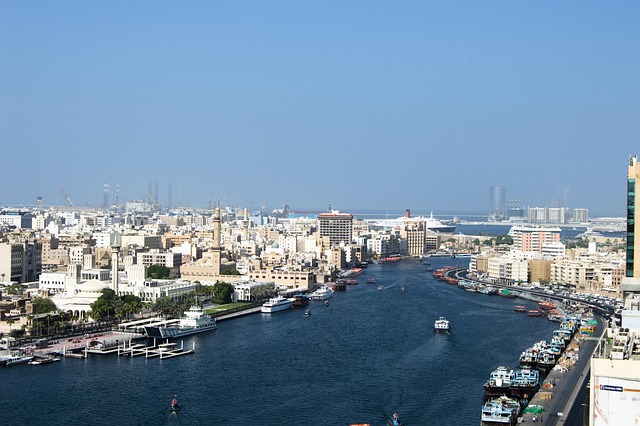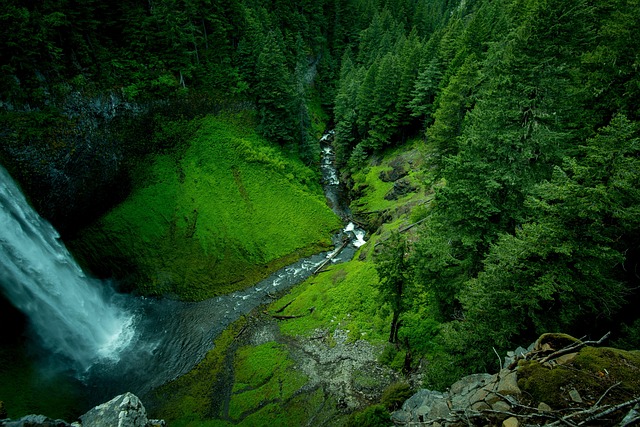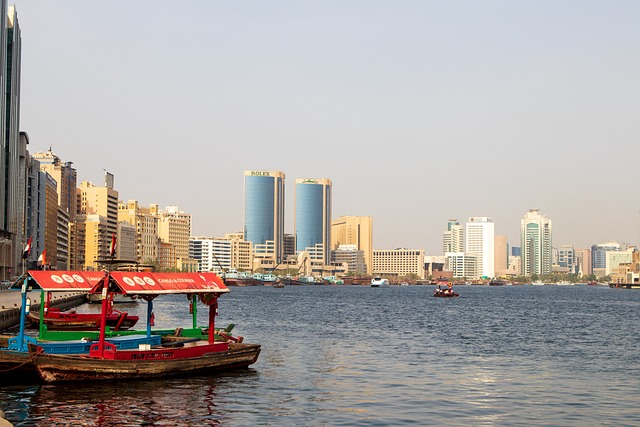Real estate developments, particularly strategic investments in retail, dining, and entertainment spaces, are key drivers of urban evolution and economic growth. These projects revitalize underutilized areas, foster community, enhance quality of life, and attract diverse populations, as seen in successful transformations like Austin, Texas, and Brooklyn's Williamsburg. Well-planned real estate initiatives create vibrant hubs that stimulate local economies, promote cultural exchanges, and enrich urban living experiences.
The retail, dining, and entertainment landscape is evolving, driven by innovative real estate developments that transform urban spaces. This article delves into the multifaceted role of real estate in fostering vibrant communities, exploring case studies where strategic investments have created thriving hubs. We analyze architectural trends, the integration of technology and sustainability, and the importance of mixed-use developments to cater to diverse consumer needs. Additionally, we discuss the community impact, emerging trends like pop-up experiences, and the significance of inclusivity in shaping the future of urban entertainment.
Unleashing Potential: The Role of Real Estate in Urban Transformation

Unleashing the potential of a city often begins with its real estate landscape. As urban areas evolve, the transformation of commercial spaces plays a pivotal role in attracting new businesses and fostering economic growth. Real estate developers have the power to reshape cityscapes by creating vibrant retail districts, dynamic dining hubs, and immersive entertainment venues. These developments not only cater to residents’ daily needs but also become landmarks that draw tourists, contributing significantly to the local economy.
Strategically planned real estate projects can revitalize underutilized areas, encouraging innovation and diversity in urban spaces. With careful consideration of location, design, and functionality, these endeavors can create a sense of community, enhance quality of life, and position cities as desirable destinations for businesses and residents alike. The impact extends far beyond the built environment; it inspires cultural exchanges, fosters social interactions, and drives economic vitality through the very essence of its diverse offerings.
– Exploring the connection between real estate development and vibrant city landscapes

The relationship between real estate development and the vibrancy of city landscapes is symbiotic. Successful urban renewal often involves intentional planning that integrates retail, dining, and entertainment spaces into the fabric of existing communities or creates entirely new districts designed to attract residents and visitors alike. This strategy not only enhances the physical environment but also fosters social interaction and economic growth.
Real estate developers play a pivotal role in shaping these landscapes by recognizing the potential of strategic locations and design concepts. They contribute to the city’s character and appeal, ensuring that expanding retail, dining, and entertainment scenes become integral parts of the urban experience. Through thoughtful development, cities can cultivate unique identities, attract diverse audiences, and drive local economies, ultimately enriching the lives of their inhabitants and visitors.
– Case studies: Successful retail/dining/entertainment hubs created through strategic property investments

Successful retail, dining, and entertainment hubs often emerge from strategic real estate investments that transform urban landscapes. Case studies like the revitalized downtown areas of Austin, Texas, and Brooklyn, New York, highlight this trend. In Austin, targeted investments in mixed-use developments along major thoroughfares sparked a vibrant scene with a perfect blend of shopping, dining, and cultural attractions. This transformation attracted young professionals, families, and tourists alike, boosting local economies and property values.
Similarly, Brooklyn’s Williamsburg neighborhood experienced a metamorphosis through strategic real estate initiatives. Historic warehouses were converted into trendy lofts, followed by the establishment of hip restaurants, boutique stores, and art galleries. These investments not only preserved the neighborhood’s industrial charm but also created a dynamic, diverse hub that attracts visitors from around the globe. Such examples demonstrate the power of foresight in real estate development to foster thriving communities and enhance urban living experiences.






